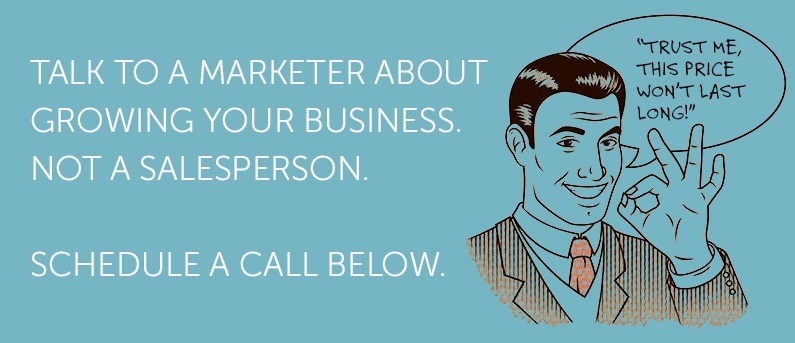With the recent furor over Edward Snowden and issues of mass surveillance, Americans are particularly sensitive about online security and Uncle Sam's scrutiny. Facebook has had its toe in the personal information pool for some time already, and in April 2013, it announced the launch of its partner categories. While most users go blissfully about their online activities without realizing that Facebook is collecting their data, the business world has woken up to the fact that this is a golden social media marketing opportunity.
The Perfect Partnership
With Facebook's membership hitting 1.15 billion in July 2013, reaching the audience you want is becoming akin to trying to market to all Internet users. In a word, it's useless. The pool of prospects is simply too big. By creating partner categories, Facebook has tried to break down the massive number into bite-sized chunks—each with enough data to enable advertisers to identify whether they are part of the target market or not. In theory, it's the perfect partnership for businesses, whatever your personal feelings might be about the privacy of personal data.
What’s Different?
Facebook ads have been running for a while, and you could target specific groups of people based on their listed interests and interactions on the social media platform. Now, partner categories pull in third-party shopping data from various websites. This makes it possible to target users based on previous purchases they made on either a computer or a mobile device. It's not really that radical—web-based advertising such as Google AdWords has been doing this for a while. It's just new to Facebook, as is the opportunity to do "self-service" targeting at this level.
Understanding the Categories
At launch, there were around 500 unique partner categories, with names such as Women’s Apparel (12,147,300 profiles) and Financial Investors (22,389,900 profiles). Both of these categories are fairly large, and it's not possible to choose to reach only a percentage of them. So what Facebook suggests businesses do is to cross-target by selecting additional categories.
For example, a company selling women’s clothing might follow a process such as:
- Selection of gender
- Age group
- Country location
Next, the company might target buyers of Women’s Apparel and get 12 million results. That's too big of a pool, but by also selecting Highly Likely Investors with 11,404,100 profiles, it narrows it down to only those clothing buyers who fall into both categories. The investors probably have higher income levels than non-investors, which makes it possible to limit the ad's exposure to potential buyers with enough money. By adding a third category such as Likely to Buy a Luxury Sports Car, advertisers can target women who project a certain image and refine results further.
Protecting Privacy
So, how critical is the privacy issue in terms of ad targeting? Facebook says it's mostly hype, and that the point is to reduce the amount of spam that users get by showing them ads relevant to their interests. The company emphasizes that the user's privacy is protected and that no personal information is shared with marketers, who see only the number relating to the audience size. Using Facebook partner categories to advertise is similar to using email marketing segmentation to identify who to promote what product or service to. It's just a new way of doing it.
Facebook may be watching, but it continues to add value to businesses wanting to grow their customer base. Partner categories are the latest way for you to do so, and remember—users can always opt out of all advertising if they want to, so you’ll still only reach those who actively want to see ads displayed.
* Image courtesy of freedigitalphotos.net

